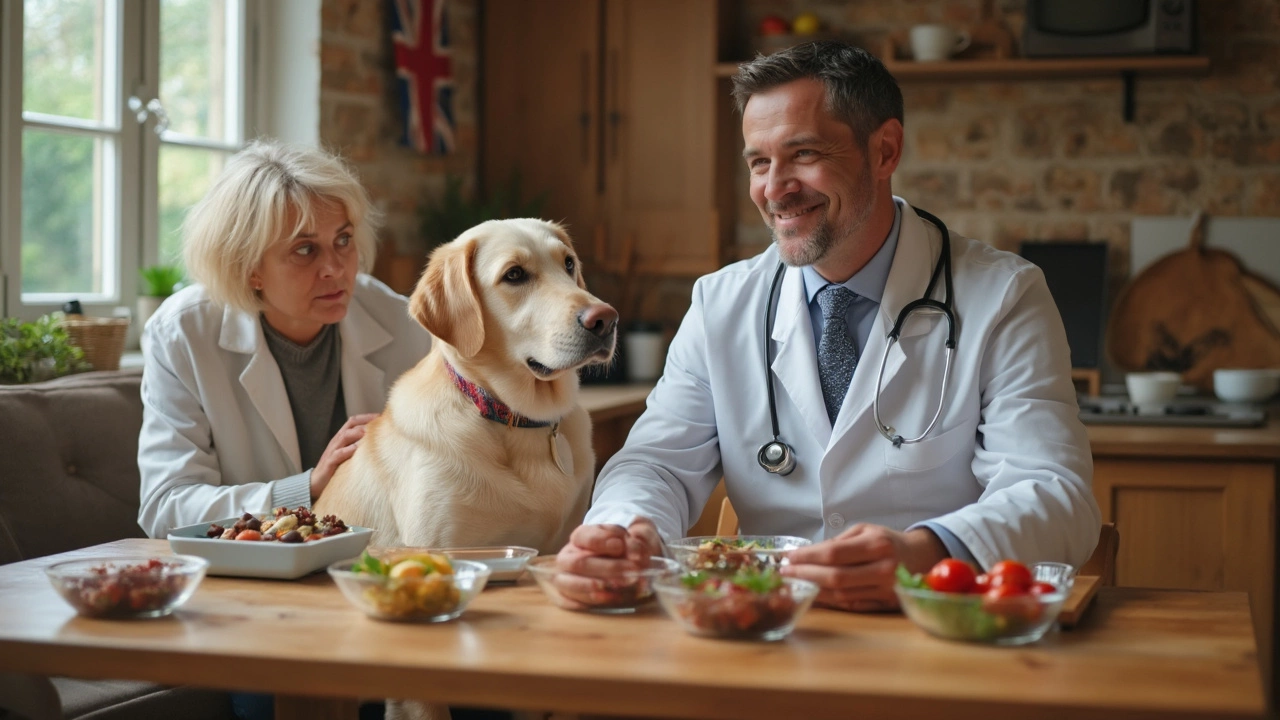Fresh Pet Food: Why It Matters and How to Choose the Best for Your Dog
Ever wonder if the bowl of kibble you’ve been feeding your dog is really the best choice? Fresh pet food is getting big buzz because it mimics what dogs ate in the wild – real meat, veggies, and no mystery fillers. Below we break down the benefits and give you quick, practical steps to switch without stress.
Why Fresh Food Beats Kibble
First off, fresh meals contain more natural protein. A fresh chicken or beef dinner can have 30‑40% protein, while many kibble brands sit around 20%. More protein means stronger muscles and better energy, especially for active pups.
Second, fresh food holds fewer preservatives. Those chemicals keep dry food from spoiling, but they can irritate a sensitive gut. Fresh meals are cooked or lightly freeze‑dried, so the ingredients stay close to their original form.
Third, moisture content jumps from 10% in kibble to 70%‑80% in fresh meals. That extra water helps keep kidneys happy and supports a healthy coat. If your dog drinks a lot of water, fresh food can cut down on bathroom trips.
Lastly, fresh food lets you see exactly what’s inside. No hidden corn, soy, or by‑products. You can match the diet to your dog’s age, size, and any allergies in a way that dry food often can’t.
How to Pick the Right Fresh Food for Your Dog
Start by checking the ingredient list. Look for a real meat name first – "chicken breast" or "beef mince" – followed by vegetables like sweet potato or carrots. Avoid meals that list "meat meal" or "animal digest" high up.
Next, think about your dog’s life stage. Puppies need more calories and DHA for brain growth, while seniors benefit from joint‑supporting additives like glucosamine.
Consider how the food is prepared. Some brands steam‑cook, others freeze‑dry. Both keep nutrients, but steam‑cooked meals are ready to serve straight from the fridge, while freeze‑dry needs rehydration.
Price matters, but don’t let it be the only factor. A good rule of thumb is to compare cost per gram of protein. If two foods give similar protein levels, the cheaper one may be the smarter buy.
Read reviews from other dog owners. Look for comments about digestion, coat shine, and energy levels. Real‑world feedback often spots issues that a product description hides.
Finally, transition slowly. Mix a small scoop of fresh food with your dog’s current kibble, gradually increasing the fresh portion over a week. This eases the gut and reduces the chance of upset stomach.
Switching to fresh pet food doesn’t have to be pricey or complicated. Many UK suppliers, including Galloway Gourmet Dog Treats, offer subscription boxes that deliver balanced meals right to your door. You get variety, proper portion sizes, and the peace of mind that each snack meets high nutrition standards.
Remember, fresh doesn’t mean you have to cook every day. Freeze‑dried or refrigerated meals are ready in minutes and still give the same benefits of real ingredients. Pick a brand that matches your schedule and your dog’s taste buds.Bottom line: fresh pet food can boost energy, improve coat health, and make digestion smoother. Stick to simple ingredients, watch your dog’s response, and enjoy watching your pup thrive on a diet that’s closer to what nature intended.

Do Vets Recommend Farmer's Dog? Honest Insights on Fresh Pet Food
Wondering if vets really stand behind Farmer's Dog food? This article cuts through the hype and shares what practicing veterinarians actually say about fresh, human-grade dog food. You'll get concrete facts about how these meals stack up nutritionally, plus smart tips for talking to your own vet. Expect straightforward answers, up-to-date ideas, and honest perspectives for pet owners who just want the best for their dogs.
View more